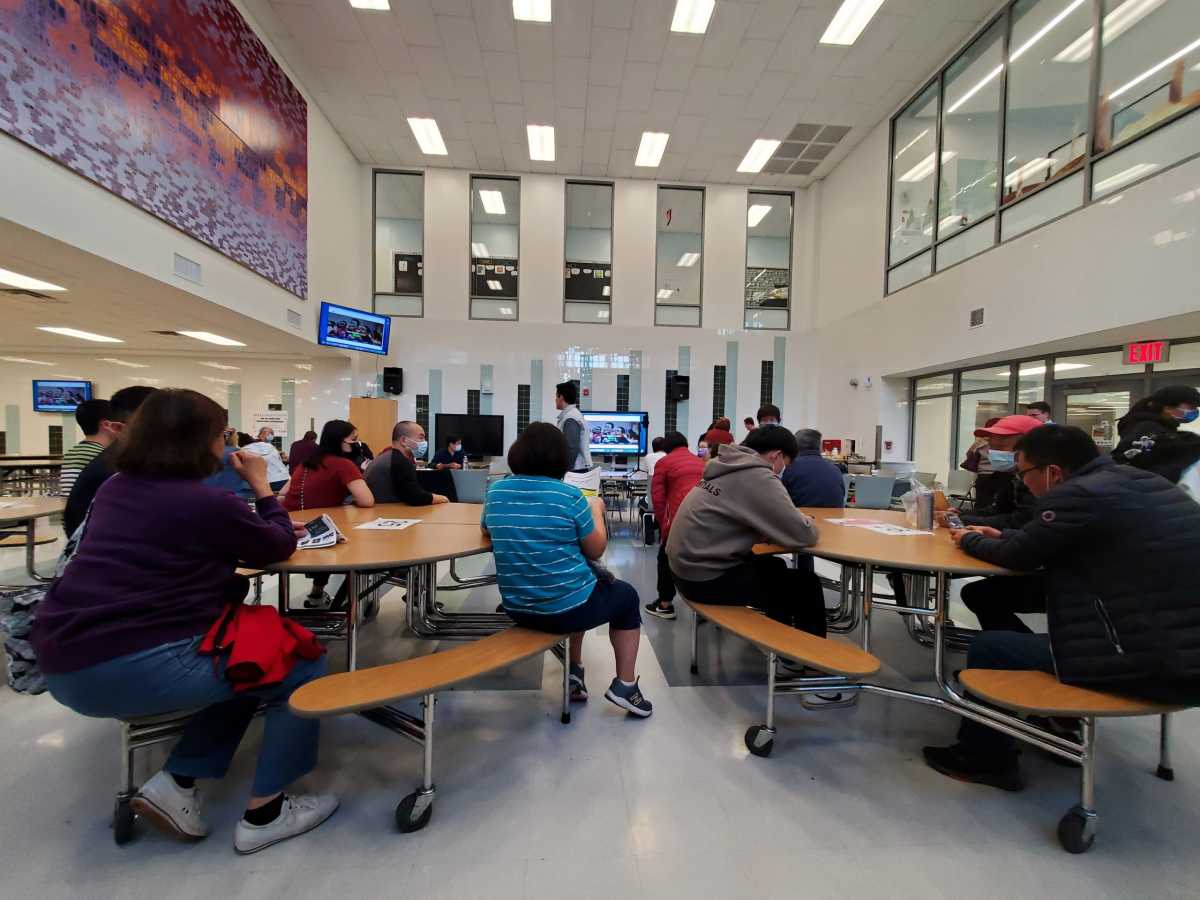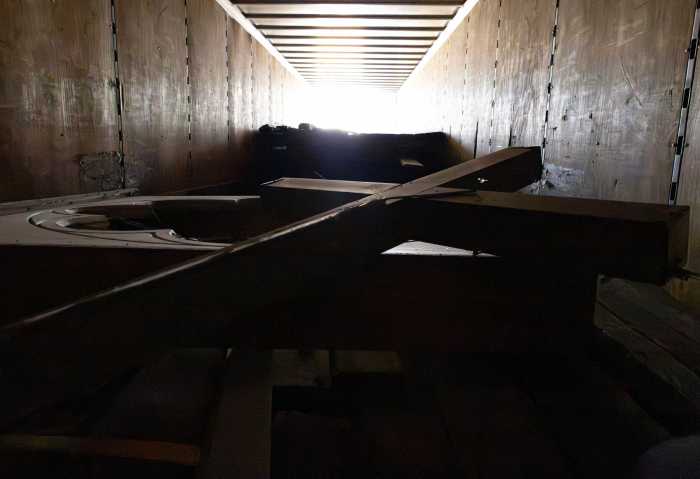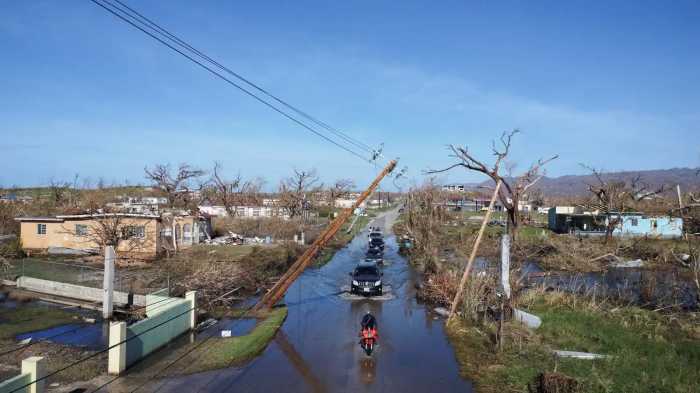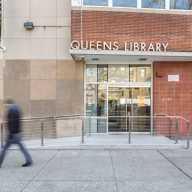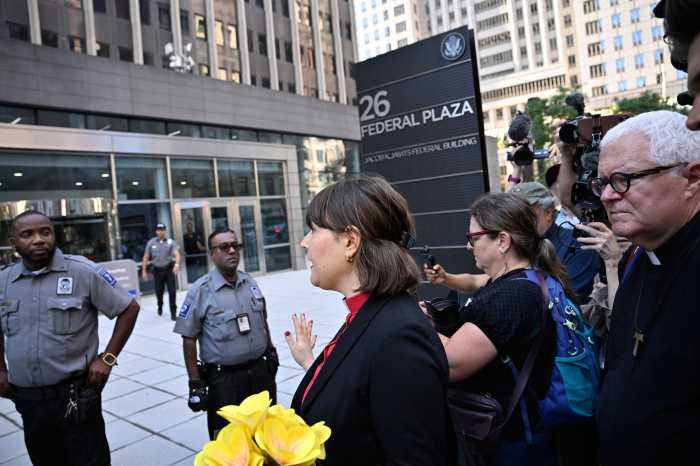Several community members showed up on Oct. 6 to take part in a town hall at PS 024 Andrew Jackson with the New York City Department of Environmental Protection (DEP) addressing flooding problems in parts of Flushing. Organized by City Councilwoman Sandra Ung, also featuring Senator John Liu and Congresswoman Grace Meng, the town hall heard several community members voice their issues with the area’s drainage system and the various flooding problems they’ve encountered within their own homes, mainly around Peck Avenue and Kissena Park.

“If we do nothing, the situation only intensifies,” Ung said. “We organized tonight’s town hall to try to get you some answers. I know many of you have many questions and you deserve to get answers.”

DEP Chief Operating Officer Vincent Sapienza was in attendance to provide a power point presentation on actions homeowners can take to better prevent flooding as well as the actions DEP has taken or is in the process of doing to help prevent this issue from occurring. He also answered questions from the audience and tried to help address their many concerns.
According to Sapienza, a big contributing factor to the constant flooding in these areas of Flushing is due to the low point of topography. Consequently, high rainfall puts the whole area at risk.
Sapienza said a study has been initiated by DEP to explore improving the sewer there. One part of the new drainage plan could include adding green infrastructure. He also noted that DEP is coordinating with the Parks Department to identify infrastructure in Kissena Park and which improvements the Parks Department can fund to boost detention and flood mitigation.
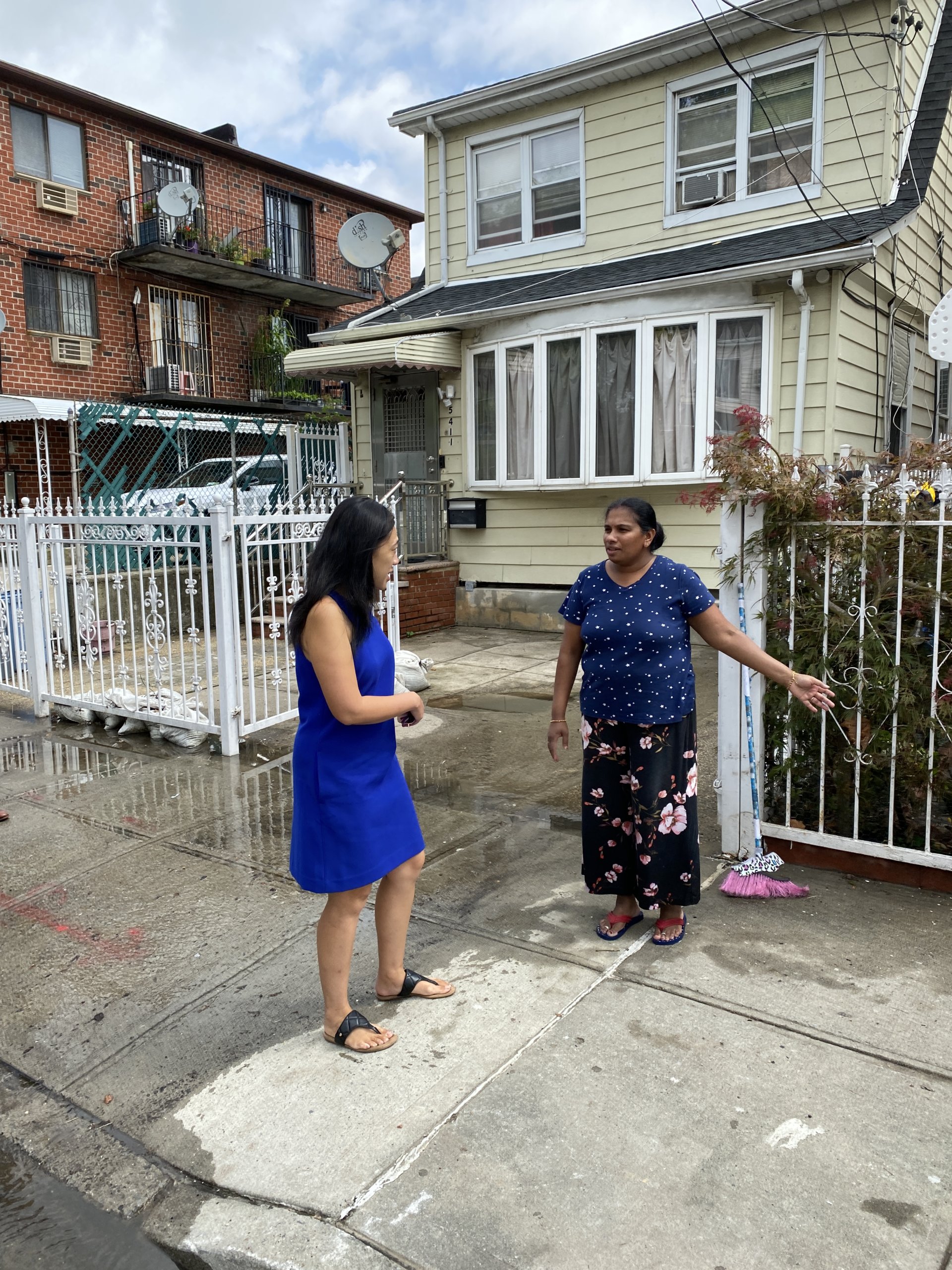
Among the sewer system upgrades done in recent years are around 125 miles of new and/or upgraded sewers being built over the last five years. Emergency upgrades and repairs were completed to resolve chronic flooding conditions at 14 locations across Queens and Staten Island over the last year. Additionally, new catch basin designs were adopted in an effort to get more stormwater to flow into the sewers. He noted that during Hurricane Ida, the sewer systems in the neighborhoods being discussed received 1.5-1.75 inches of rainfall per hour, which was more than the capacity it was built for.
More sewers are currently being built in southeast Queens. An enhanced schedule of catch basin cleaning and inspection is also being implemented. Additionally, DEP is partnering with the MTA to help reduce flooding in subways.
DEP hopes to upgrade at least 70 miles of sewers per year, prioritizing the communities most at risk. They also intend to complete sewer build out in unserved areas.
While around 11,000 green infrastructure assets have been created across the City, DEP is still looking to expand green it. These would include curbside rain gardens, and a stormwater median program, partnering with the State and Federal government to financially support these projects through grants and developing a robust maintenance program that would grow a green workforce. Right now, stormwater medians are being built in the Rockaways and Floral Park and 1,000 more rain gardens are being built in Brooklyn and Queens.
Sapienza also noted what actions DEP takes during rain events. They prioritize calls about missing manhole covers, arterial roadway flooding and sewer back-ups during these times. Additionally, situation reports are produced for management, roadway conditions are monitored via cameras and flooding conditions are data-mined through social media. During these events, a lot of coordination is done with the New York City and New York State Department of Transportation, the NYPD and the New York City Emergency Management.
Post-storm assessments are performed by DEP as they try to respond to critical needs. This includes responding to residual street flooding locations, conducting after action reviews and ensuring all data from responses are accurately reported in order to support data analytics.
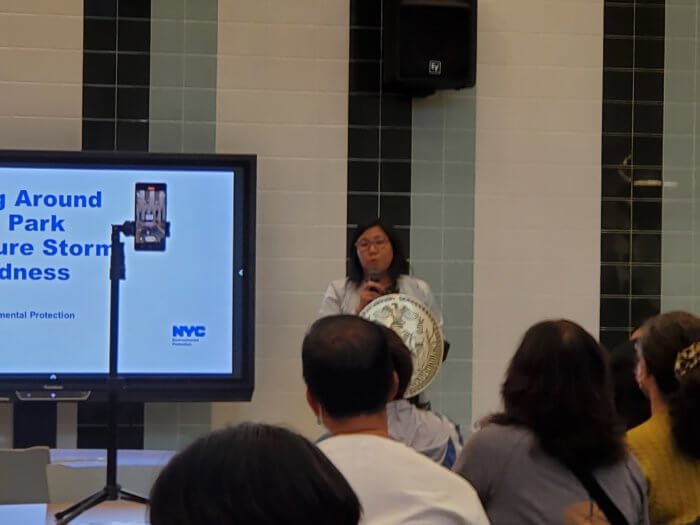
“I know that this has been a really tough year for our community,” Meng said. “We have continued to see an onset of damage and flooding, not just when there are hurricanes and floods, but even when there is 15-20 minutes of rain, we’ve had constituents call our offices and show us and tell us about the traumatic damage that has been suffered.”
According to Meng, her office has written to the city requesting more infrastructure money to help pay for the damage caused by the flooding. She also requested the city consider buyouts of certain properties where infrastructure repair may not be sufficient enough. On the federal level, the House has passed a special grant program going toward infrastructure and sewer upgrades for Queens. She’s hopeful the program is approved by the Senate. She’s also looking into passing a bill ensuring FEMA provides more money for repairs in bigger cities.
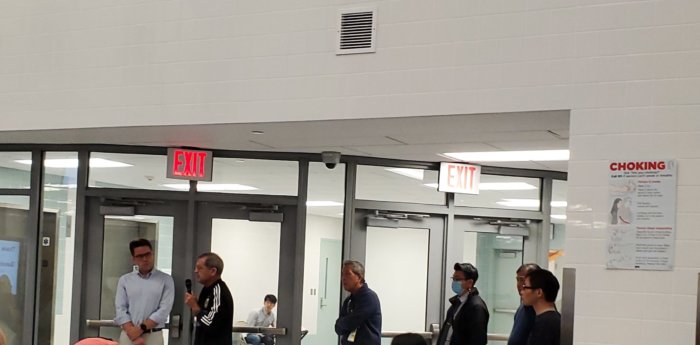
Many of the comments from the audience ranged from concerns about a lack of action being taken by DEP in their neighborhoods to complaints about the constant flooding. Some asked that DEP look into installing more catch basins in the area to help mitigate the flooding. Another common request was for the sewer pipes in the area to be upgraded, with at least one person recommending that they be made larger in order to increase capacity.
While DEP doesn’t currently have a plan in place if they get more money for their budget, Sapienza said they’ll immediately start drafting one. He anticipates having the draft completed by Thanksgiving.

